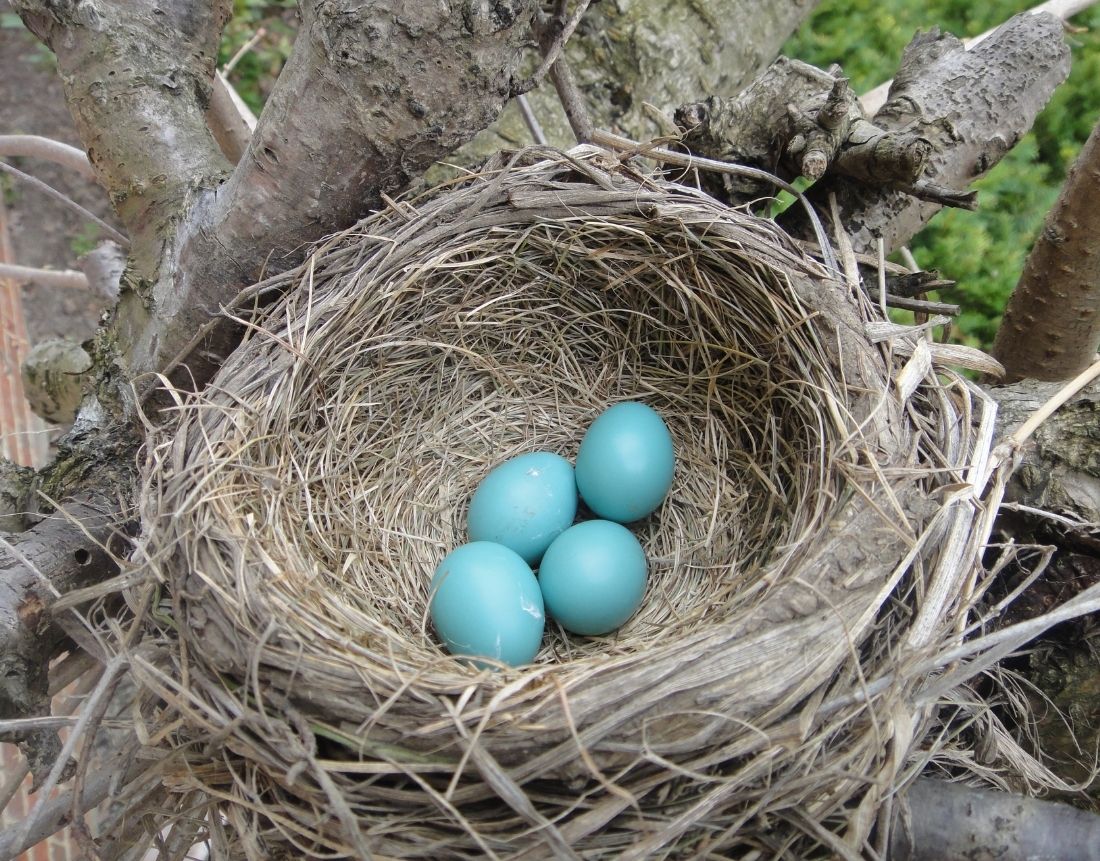What Birds Have Blue Eggs?
Birds are amazing creatures. They can fly, sing, and do all sorts of other cool stuff. But did you know that there is something really special about birds? That’s right- they lay eggs. Birds come in many different colors and sizes. Some lay brown eggs, some white eggs, but the most fascinating type of egg is the blue egg. Blue eggs are very rare, but some types of birds lay them.
Birds are among the most crucial species to the global ecosystem. The blue eggs they lay are definitely something special to behold! Make sure you keep an eye out for these rare eggs the next time you’re outdoors birdwatching. Who knows, you may just find a blue egg-laying bird right in your own backyard.
Reasons why birds lay blue eggs
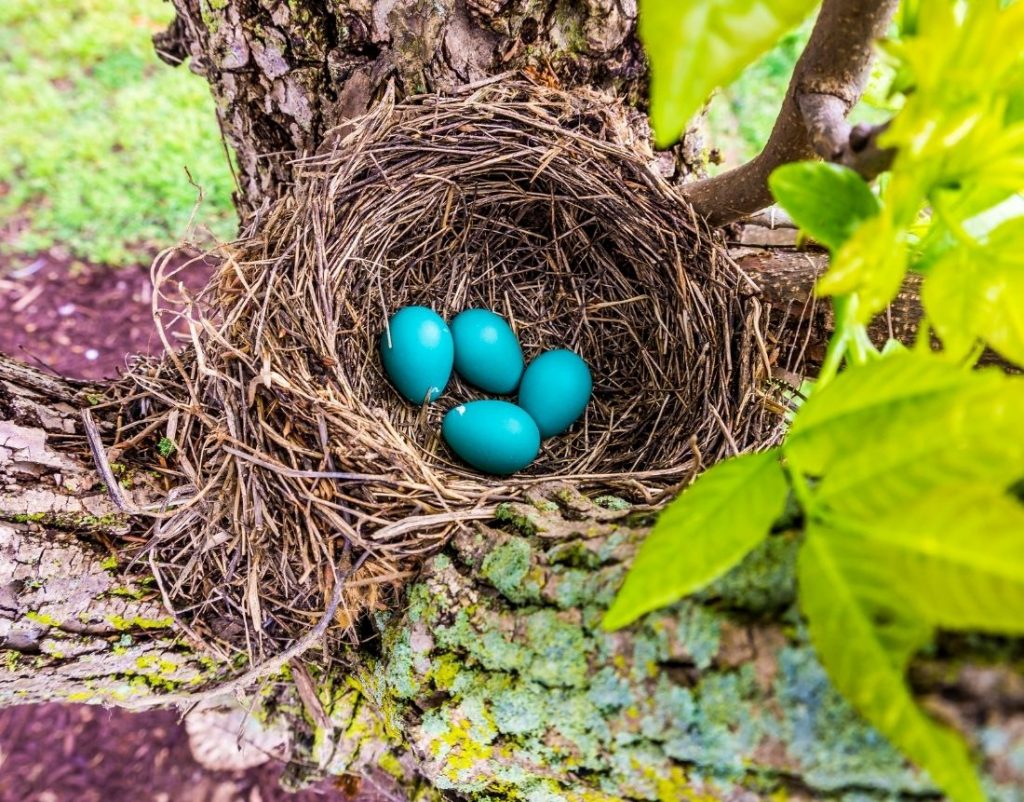
There are several theories about why some birds lay blue eggs. One theory is that the blue color helps to camouflage the eggs from predators. Another theory suggests that the blue pigment in the eggshells acts as a sunblock, protecting the embryo inside from harmful UV radiation.
A third theory suggests that there may be a genetic component to laying blue eggs. In other words, some birds have a gene that causes them to lay blue eggs, regardless of their environment or diet.
Whatever the reason, it’s definitely interesting to see these unique eggs and learn more about the fascinating world of birding! So if you’re ever lucky enough to find a blue egg, make sure you take a closer look and appreciate all of nature’s beauty.
Why are robin eggs and startling eggs blue?

Most robin eggs are blue because of all the healthy plant-based foods that robins eat. Lots of vitamin A in their diets cause robin blood to change colors which then changes eggshells too, giving them a beautiful blue or green hue.
Also, starlings lay blue eggs with brown spots sometimes too since they mainly eat insects and can become contaminated by different types of algae when living inside nests where water droplets sit on top of small branches instead of falling down onto leaves or soil below.
What other color can bird eggs be?

While blue eggs are the rarest, they aren’t the only color bird eggs can be. Some birds lay light green or brown speckled eggs. Others lay white, cream-colored, pinkish, grey, and even black-colored eggs.
As you can see there is a lot to learn about birding and what makes nature so unique in comparison to other living things on earth.
A variety of birds laying blue eggs
Well, there are a variety of birds that lay blue eggs. The most common is the robin and the starling. Robins are a type of thrush and they can be found all over North America. Starlings, on the other hand, are an invasive species that was introduced to North America from Europe in the 1800s.
There are also some rarer bird species that lay blue eggs including the Ameraucana chicken and several types of pigeons. So if you’re ever lucky enough to find a blue egg, take a closer look and see what kind of bird laid it.
Robins and their robin eggs
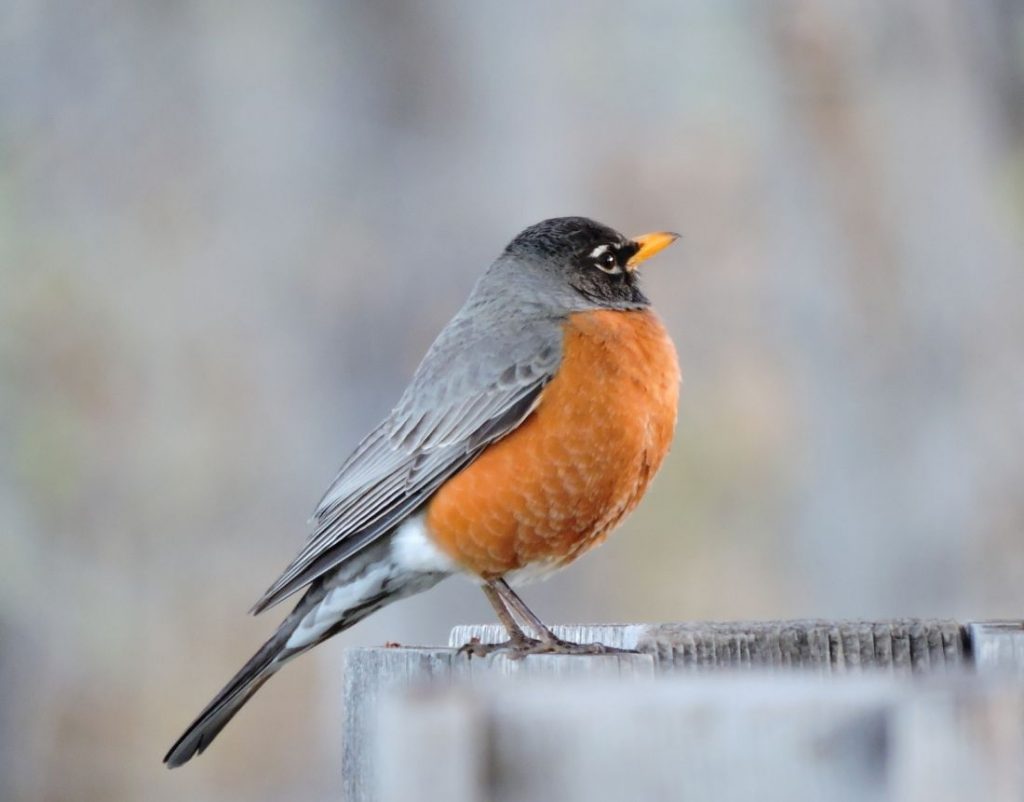
The robin is one example of a bird that lays blue eggs. This beautiful songbird has been said to bring good luck, and its egg color comes from the robin’s plant-based diet. It is important for robins to eat lots of plants because they need vitamin A in their diets to produce blue or green colored shells on their eggs.
Startling and their startling eggs
Starlings also lay blue eggs with brown spots sometimes too. The starling eats mainly insects, so this explains why it does not always have a blue or green-colored shell like other birds do when eating healthy foods high in vitamin A. Some scientists believe these colors come from water droplets inside the nests where birds can become contaminated with different types of algae.
Red-winged blackbirds
This is another species of bird that lay blue eggs. The red-winged blackbird gets its name from the distinctive red and yellow markings on its wings. These birds are usually found near wetlands, marshes, and other moist habitats.
Dunnocks
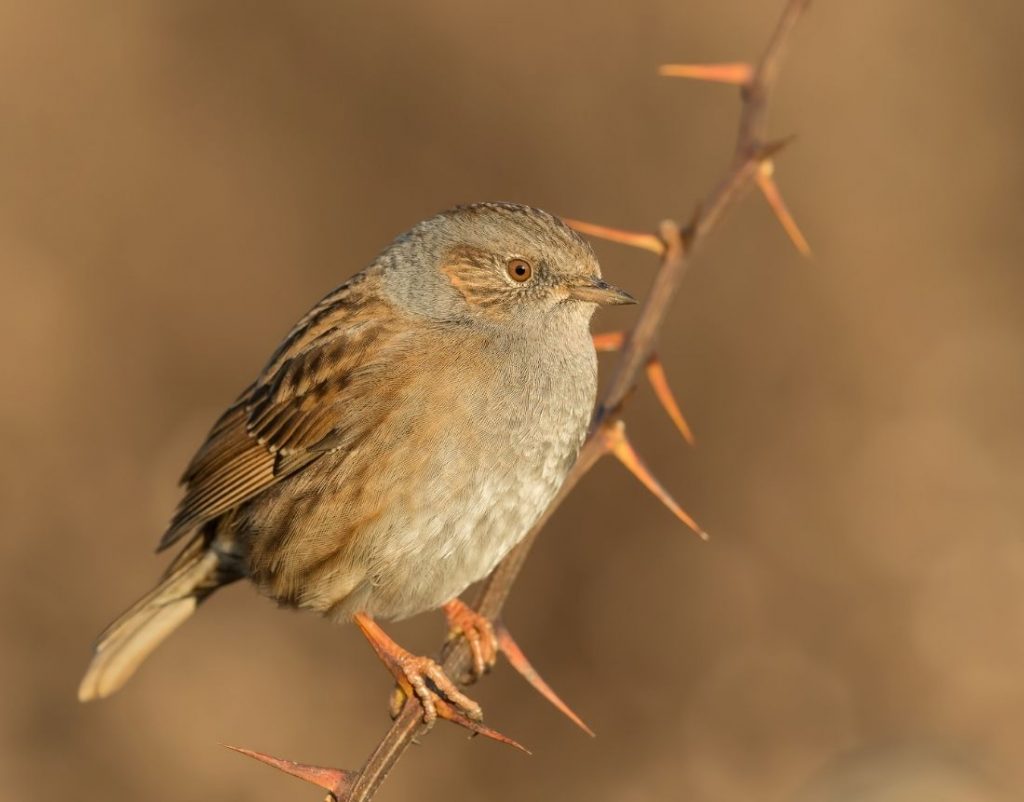
This is another bird that lays blue eggs. A type of robin, these birds are usually found in Europe and Asia. They can also be seen all over the United Kingdom too.
Pigeons
Pigeons also lay blue eggs but only when there is no other pigmentation already existing on them like pink skin or grey feathers which causes the eggshell color to blend into those colors rather than staying true-blue as you would expect from most pigeons’ offsprings’.
House Finches
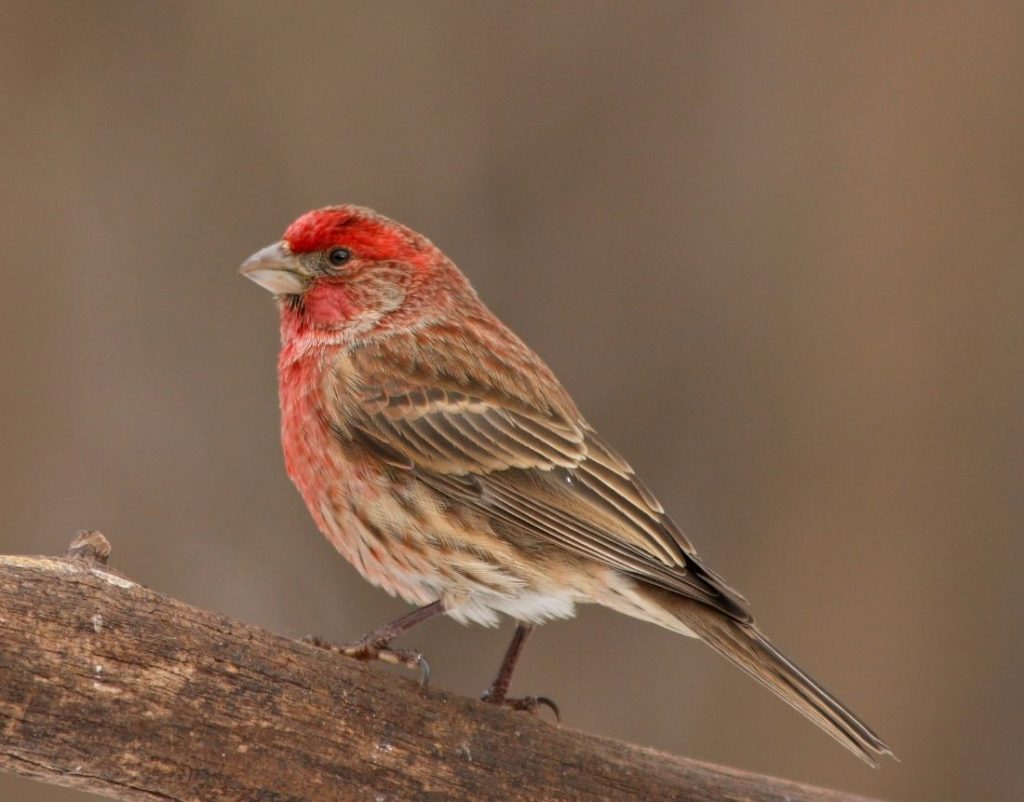
Adult house finches are about five to six inches long, including their short tails. They are typically red or brown with black wings and a white underside. If you are wondering if house finches lay blue eggs, the answer is yes!
Ameraucana chicken
The Ameraucana chicken is a breed of domesticated chicken that lays blue eggs. These chickens are known for their good egg production and docile temperament. They come in several colors, including blue, black, buff, white, and partridge.
Mallard ducklings

Mallards also lay blue eggs that look like robin’s eggs but they don’t always have the robins’ dark spots on them which makes it harder for predators to identify where those types of birds live since without seeing starlings in person you might think robin’s nest is nearby when it really isn’t.
The next time you go outdoors for a nature walk or spend some time birdwatching, keep your eyes peeled for blue eggs. They may be harder to spot than brown or white eggs, but they’re definitely worth looking for. Who knows, you may just find a blue egg-laying bird right in your own backyard.
Do blue eggs signify anything?
Some people believe that blue eggs signify something special, such as good luck or fertility. So if you find a blue egg, take a closer look and see what kind of bird laid it. You may be lucky enough to witness some pretty amazing natural phenomena.
Who knew that so many different types of birds lay blue eggs? If you’re ever lucky enough to find one, take a closer look and see which bird laid it. There are lots of interesting facts about these fascinating creatures.
So there you have it. A variety of birds lay blue eggs. If you’re ever lucky enough to find a blue egg, make sure you take a closer look at it and see what kind of bird laid it. Who knows, maybe you’ll even be able to identify the species. Thanks for reading.
